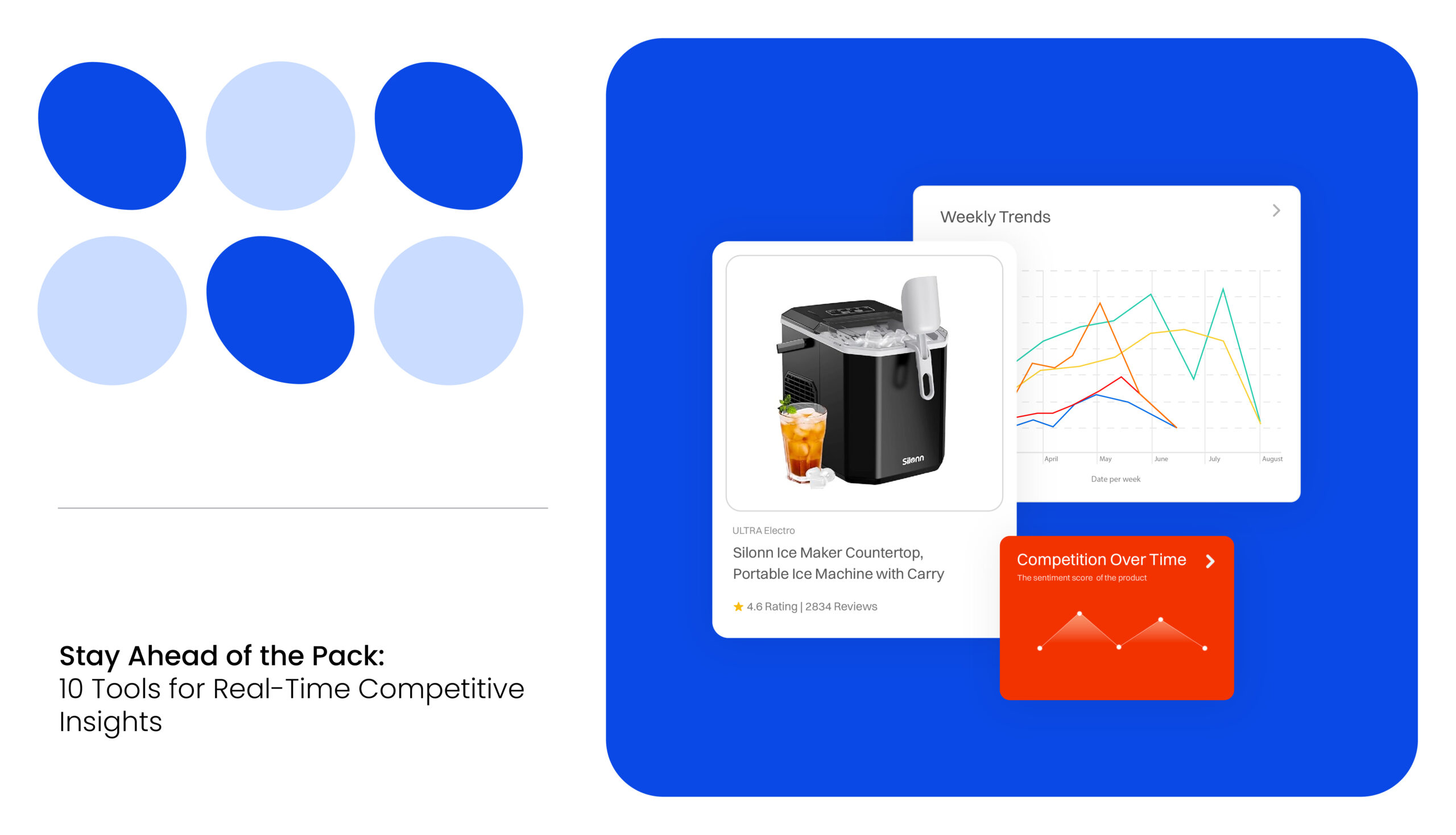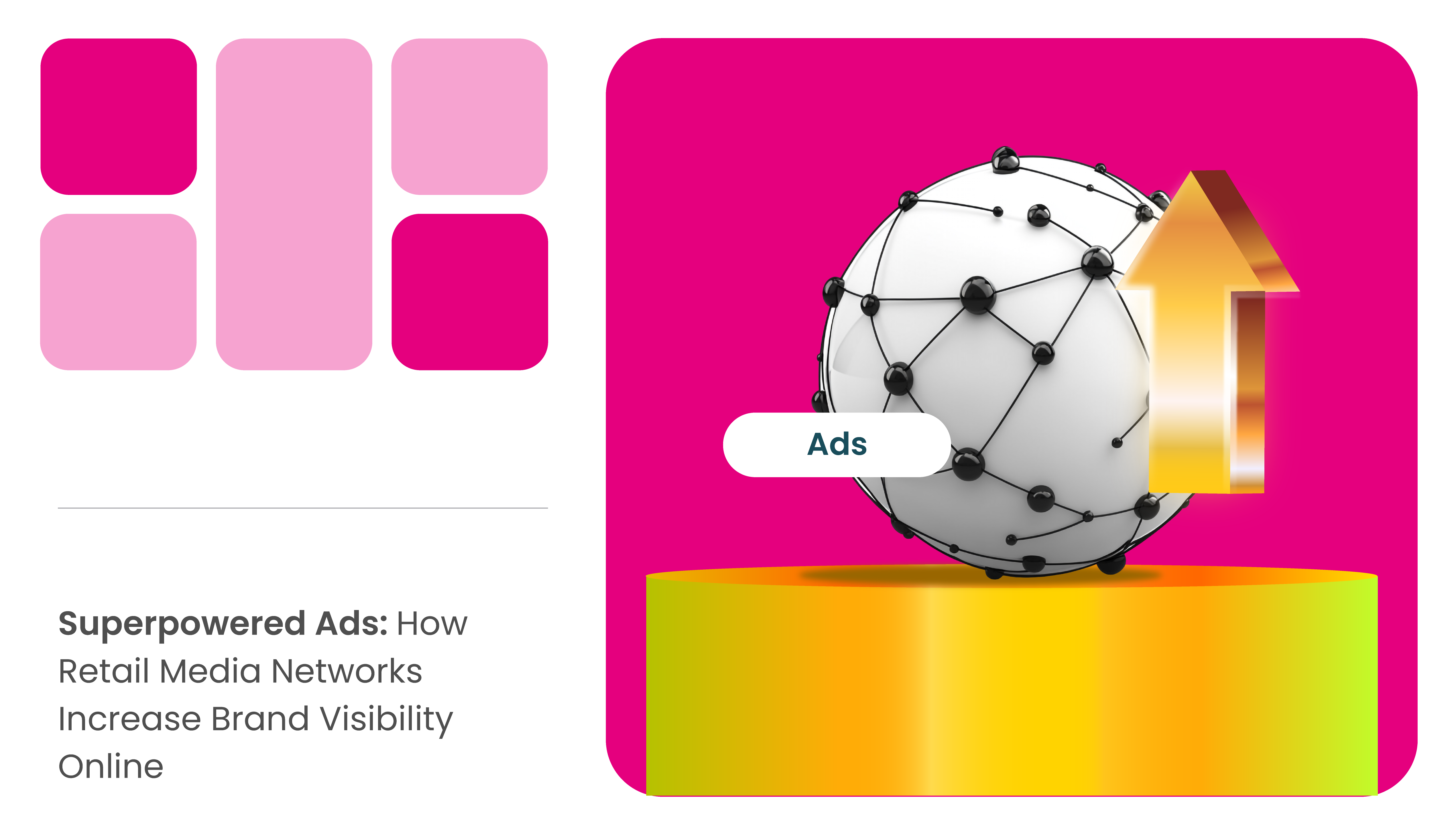During the launch of the Apple iPad in 2010, Steve Jobs said, “If you listen to the (trade) pundits, we are gonna price it under a thousand dollars…” The screen displayed a huge $999 tag. However, the iPad’s starting price was revealed as $499 only. So, what just happened? The initial figure of $999 had been set as the anchor price, and anything less sounds like a favorable deal.
This is a great example of price anchoring in sales and marketing.
Price anchoring is a promotion strategy businesses use to create a reference point for consumers to make informed pricing decisions. It is part of a psychological phenomenon called anchoring bias, as humans rely heavily on first-hand information. This information becomes an anchor point for them to make further decisions.
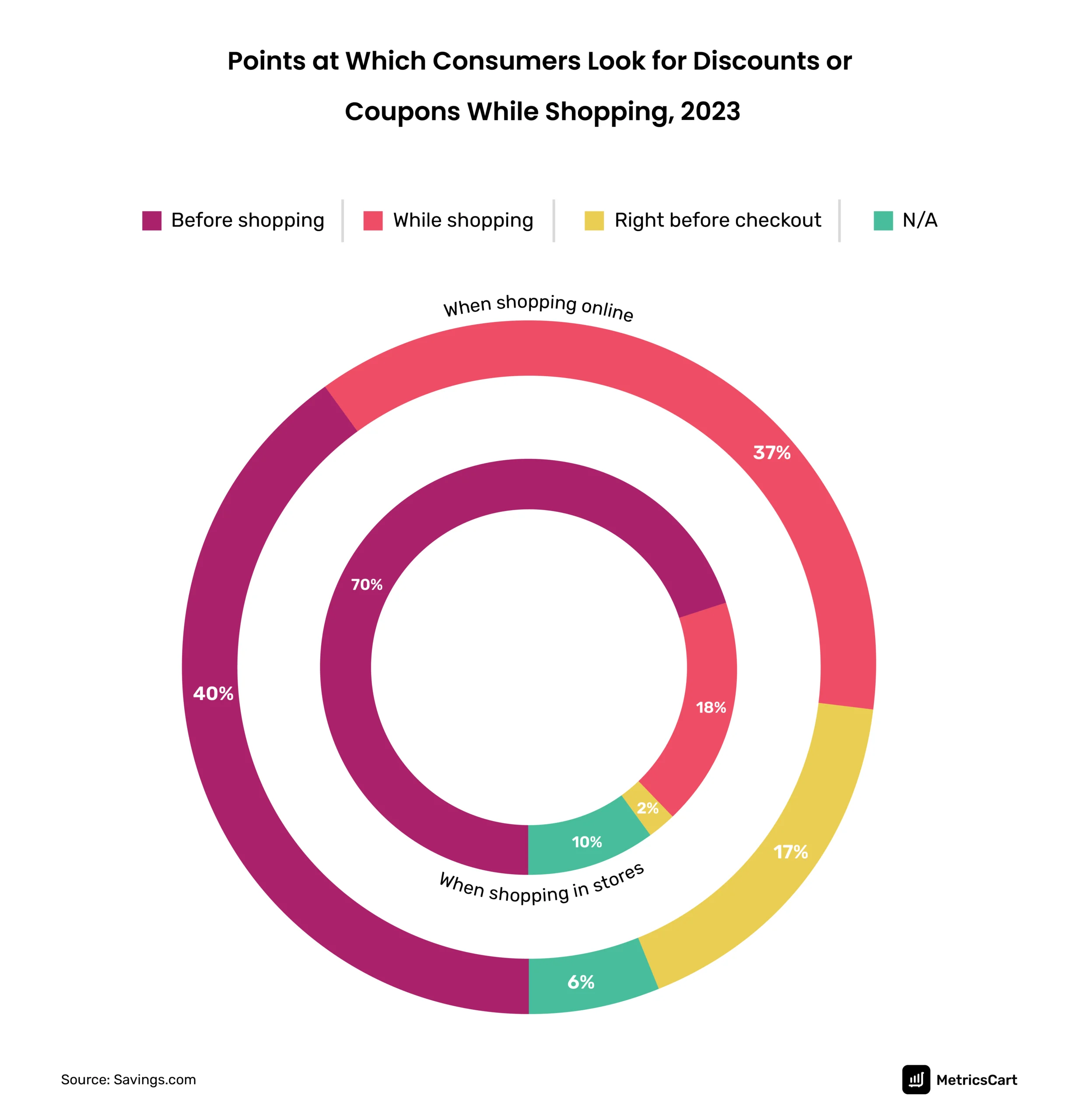
For instance, a 2023 survey by savings.com reports that 40% of online shoppers look for discounts before they start shopping on websites. It has become second nature for consumers to expect an offer or discount on any product displayed on the digital shelves of prominent US retailers.
Why Do Brands Use Anchor Pricing?
The 2023 Black Friday sales saw the retail giants offering considerable discounts to their consumers, and these methods create value with price anchoring in e-commerce.
Inform the Consumer on Deals and Discounts
E-commerce giants like Amazon, Walmart, Target, etc., often use the anchor pricing strategy to inform consumers about new offers, discounts, price changes, substitute products, and more.
Grab Consumer Attention
The strike-through prices in most online and offline stores would quickly grab the consumers’ attention as they feel that they are making a profit by buying the product with the new and improved price (which is cheaper compared to the strike-through pricing).
Anchoring is often a default reaction from the consumer. When they visit a brand’s or retailer’s digital shelf, their eyes naturally search for anchor points to get a head start on the shopping experience.
Ease the Consumer’s Decision Making Process
From a shopper’s point of view, anchor pricing makes the decision-making process easier. It allows consumers to navigate their preferences and expectations without wasting time and effort choosing certain products.
Read more on Promotional pricing and its significance
How Does Price Anchoring Work in Retail?
In e-commerce, this first-hand information can be many things, and the consumer tends to choose the best option available to them regarding a relative value proposition.
If product A is offered at a discount of 20% compared to product B and both serve the same purpose, then the consumer would naturally tend to sway toward the discounted product.
It can also work the other way when a consumer shops in the clothing category. A category where premium prices are often associated with better quality.
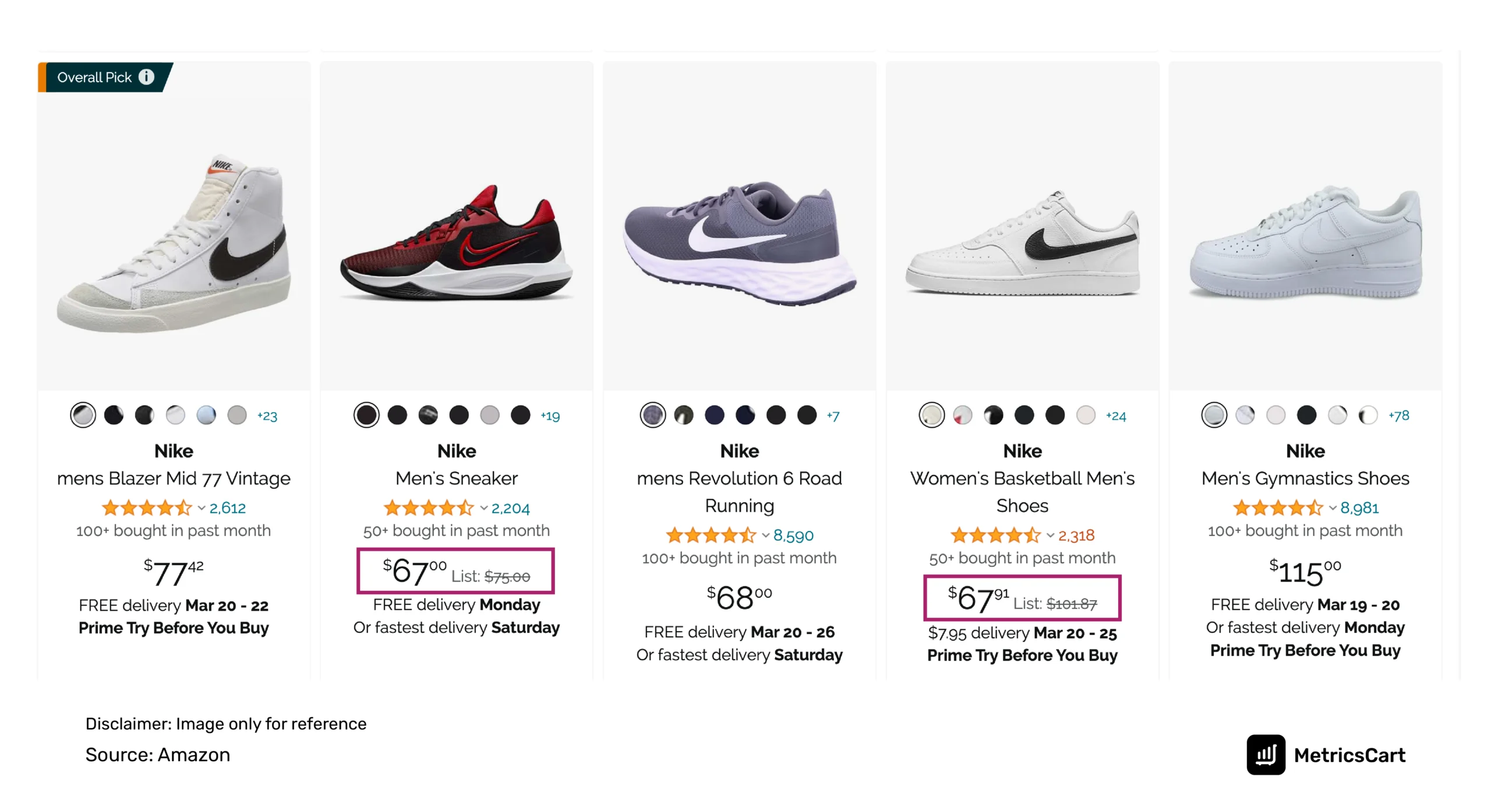
Nike reported $51.22 billion in global sales for 2023. The first four options in the Amazon search results for Nike Shoes show two of their products offered at discounted prices.
The anchor here has been set at strike-through prices of $100.00 and $164.63, respectively. A potential buyer would be immediately hooked on these prices and decide to get a discount deal.
This feeling of landing on a good value proposition enables effective price anchoring solutions in the e-commerce business.
Moreover, there is also an anchoring bias in a shopper’s decision when they see a particular item sold by a different seller for a slightly lower price. This requires third-party sellers in online retail stores like Amazon to adhere to the MAP policy of brand manufacturers.
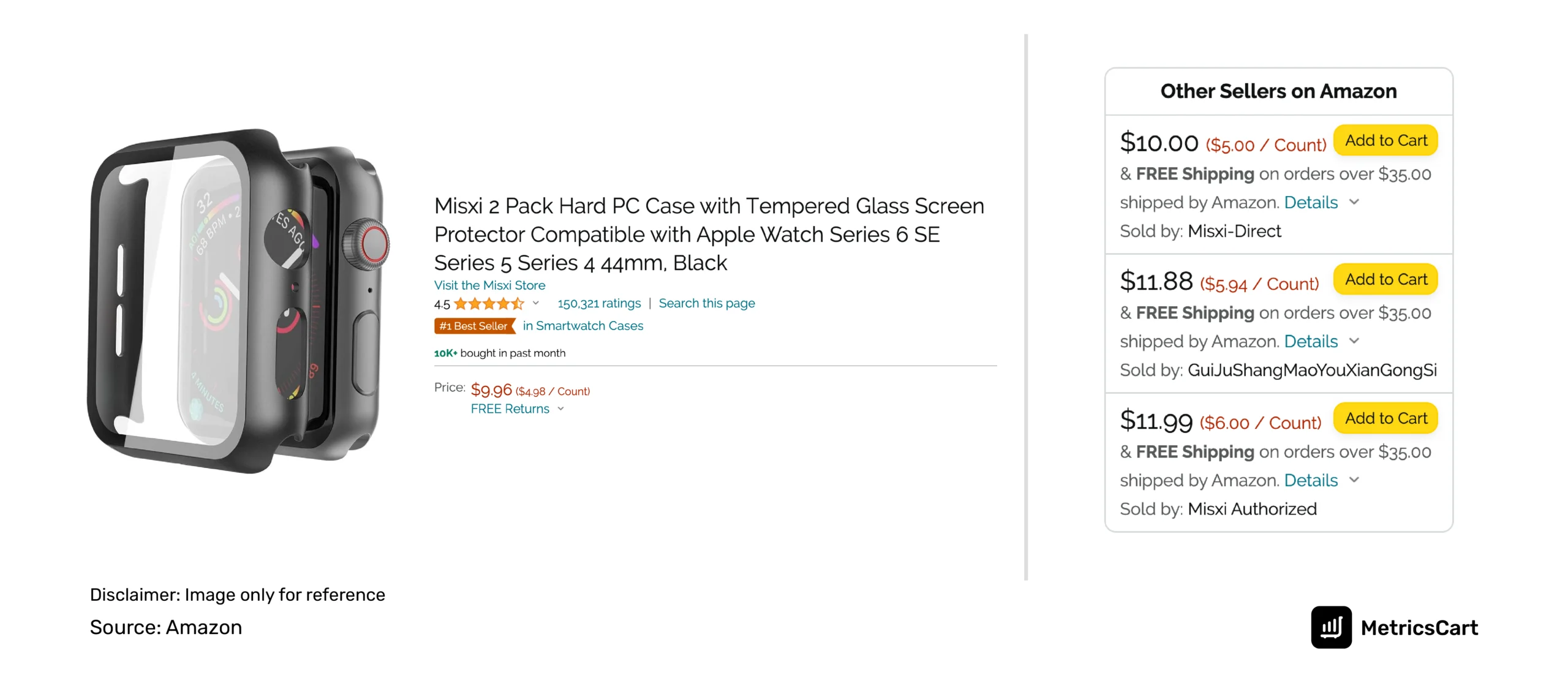
Price anchoring also works within the allowed limits of the MAP (Minimum Advertised Price) policy. Sellers must continuously monitor this using services like MetricsCart to prevent price erosion and maintain consistent brand value.
Read more on Managing MAP Violations To Sustain Brand Value.
Different Types of Anchor Pricing Methods
The reference point or anchor can be designed in multiple ways so that the perception of the consumer can be influenced.
Strike-Through Pricing
The old and new prices of the product are shown side by side so that consumers can compare them.
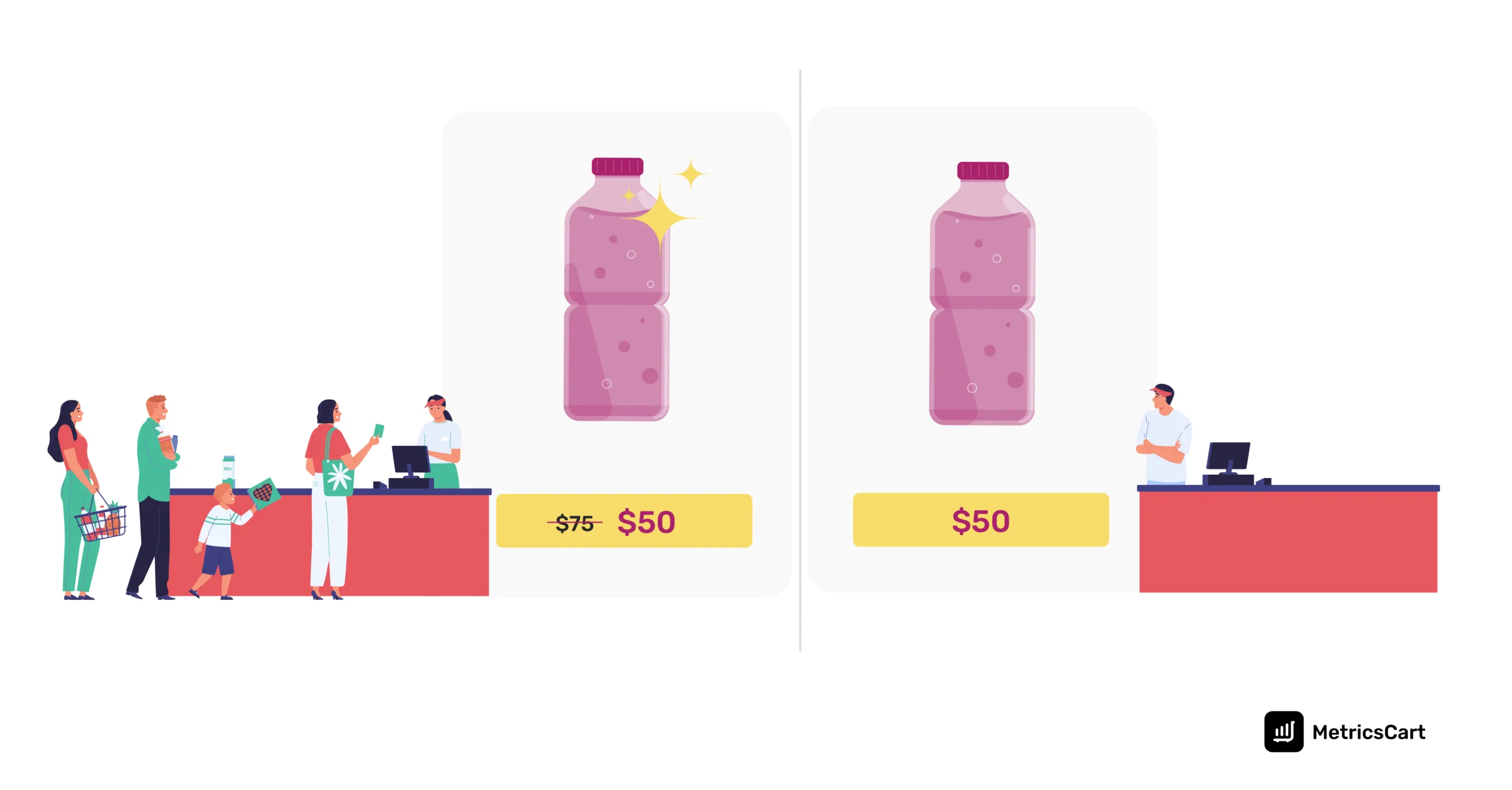
This anchor makes the consumer believe they are getting a discount on the product.
Read more on the Popular brands using Promotional pricing
High and Low Anchor Pricing
This is a decoy technique for persuading the consumer to make a purchase.
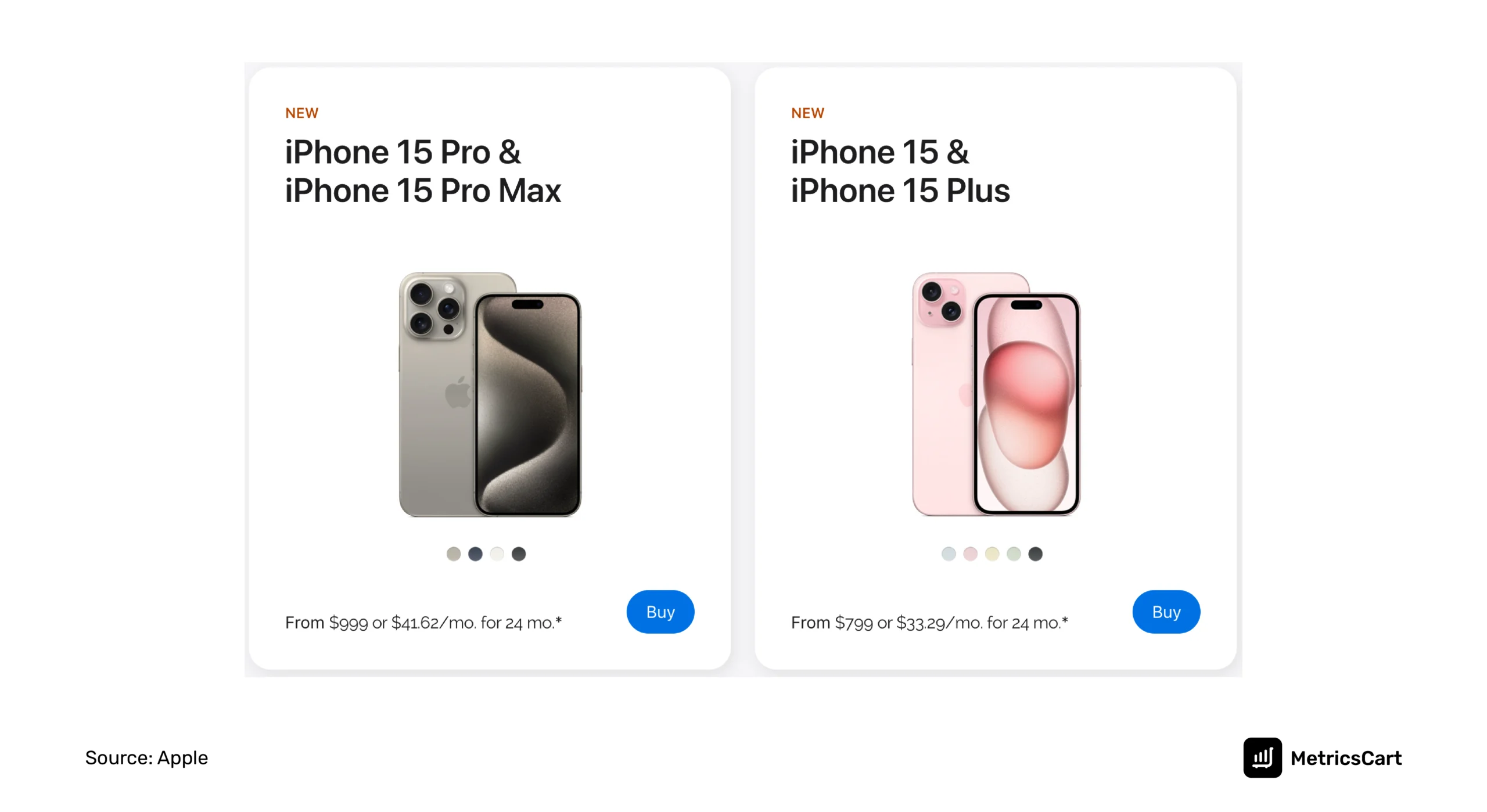
It involves positioning a high-priced or less expensive product next to the target product.
Competitor Pricing
The seller creates a side-by-side comparison of the price, features, and differences of their own product with that of the competitor’s product.
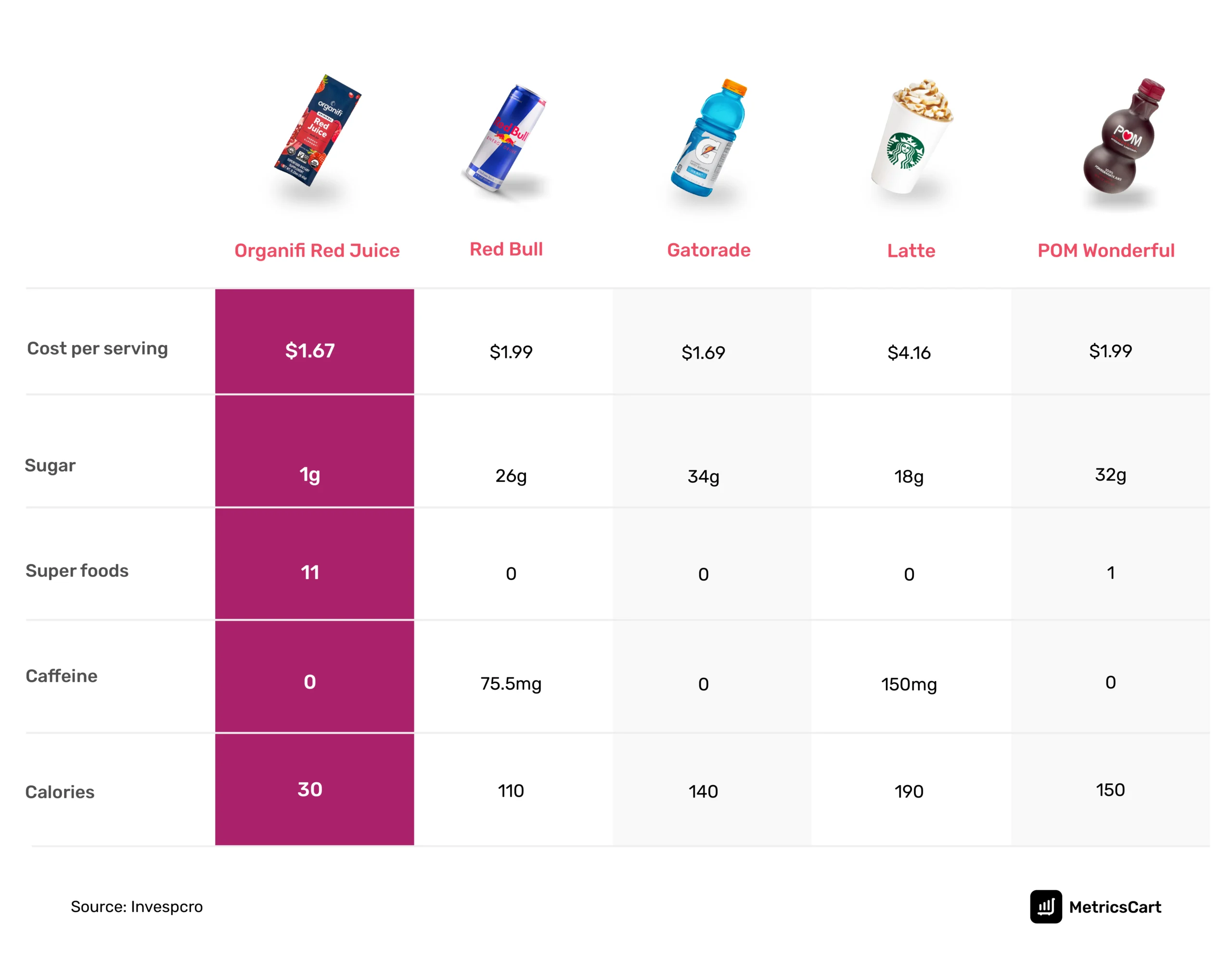
The anchor point would be the competitor’s product helping the consumer to choose the best option.
Tiered Pricing
It is one of the most common forms of price anchoring. This usually involves three different variations of the same core product offered at three different prices to the consumer.
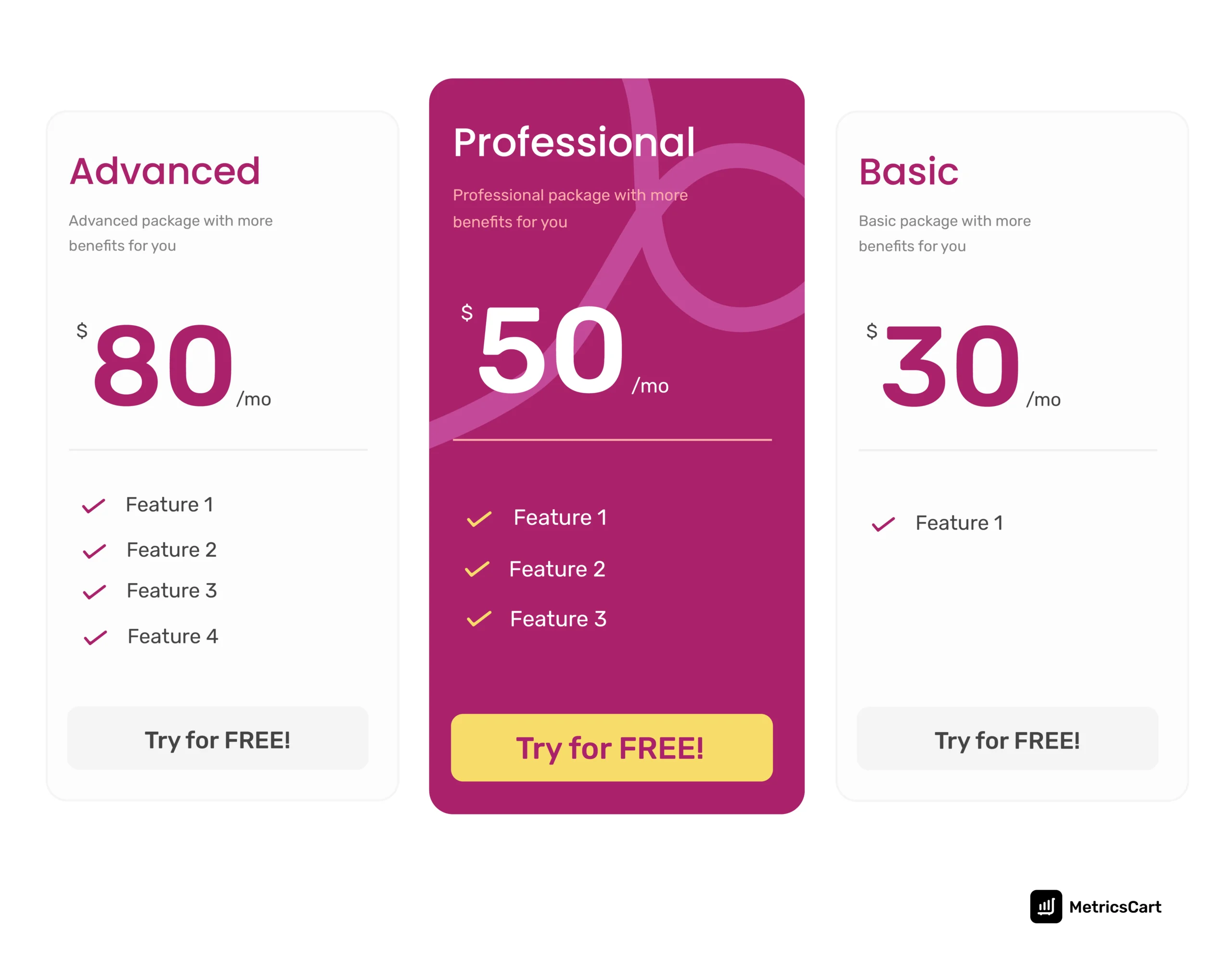
In tiered pricing, the anchor price is set either on the high or low tier. The customer then chooses from the three available options. In most cases, the consumer tends to choose the middle tier as they believe it provides the best value for money.
How Do Shoppers Perceive Price Anchoring?
Abbott, in his 1956 book Quality and Competition: An Essay in Economic Theory, argues that the ‘customer experience’ as a process is as valuable to the consumer as the product itself. This experience is mostly a result of the consumer’s subjective perception.
Anchor pricing in e-commerce is one of the core steps of establishing price transparency. Consumers prefer a transparent and easy-to-follow price structure for the products they wish to purchase. Any hidden or additional charges during checkout can scare them off.
It can also affect the trust built up in the brand by the consumer. Most of the time, the brand uses price anchoring to inform the consumer about the different kinds of products they are offering and the best prices for these products.
In a nutshell, anchor pricing would be higher or lower than the final amount paid by the consumer, and it would influence their value and price perception about different products offered by the brand.
Effective Price Monitoring Solutions With MetricsCart
Price anchoring is a legal trade practice that has existed for decades in the retail industry. However, the correct use of price anchoring is not to deceive consumers by putting up fake prices. Rather, it is an effort to inform the consumers about the value of your product.
Anchoring helps a brand create actionable value propositions for its consumers. With MetricsCart’s advanced price monitoring solutions, brands can effectively track the pricing of their own businesses and those of their competitors.
Here is how price monitoring can help your brand:
- Receive alerts on changes in minimum prices at SKU levels
- Maintain consistent pricing across e-commerce platforms
- Be in the know of price changes for competitor products
Let’s solve this together. Head over to MetricsCart and discover interesting business insights.





